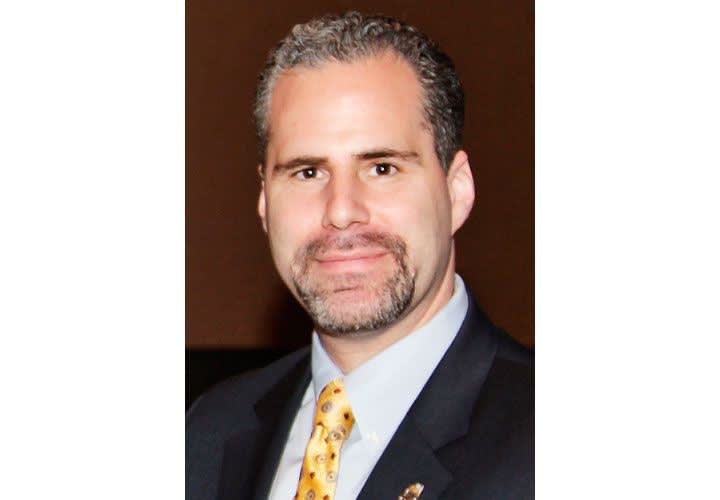All of the subjects in these cases and Ferguson and Staten Island were large men, well over 250 pounds. And three of the subjects allegedly attempted to or actually inflicted bodily injury on law enforcement officers.
This may come as a shock to most reporters, but unarmed men have arms and hands and legs and feet. And if an unarmed man punches or kicks an officer and renders him or her unconscious that officer and the public are in great peril because the unarmed attacker can arm himself with the tools on the officer's belt.
Reporters and commentators are quick to condemn law enforcement for failing to deploy less-than-lethal weapon options against unarmed men. Intermediate and less-than-lethal weapons are viable options when distance and circumstances allow. However, they are not a magical remedy for subduing a violent, non-compliant unarmed man.
News-flash to the media: Law enforcement officers don't get paid to be pummeled by unarmed men. Law enforcement officers are tasked with controlling and arresting violent subjects, and using the appropriate level of force to accomplish that goal. Further, while attempting to arrest non-compliant, violent unarmed men, officers also have to protect and retain their firearms from powerful subjects. And a subject who initially appears to be unarmed may in fact have a weapon.
While some of the examples I referenced involved subjects who were large unarmed men, Hollywood provided an excellent example of how even average-sized, unarmed subjects can be lethal. In "The Silence of the Lambs," the character of Dr. Hannibal Lecter is not physically imposing, but kills two armed guards. Arguably, an unarmed Hannibal Lecter is potentially more lethal than many armed criminals. Yet if a law enforcement officer were confronted by an unarmed Lecter type, the liberal news media would likely script the headline, "Police Officer Picks On Defenseless, Unarmed Doctor."












